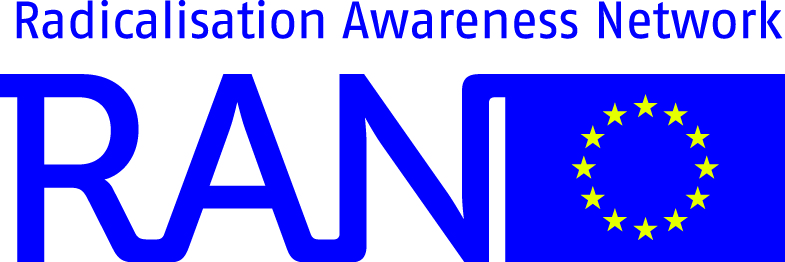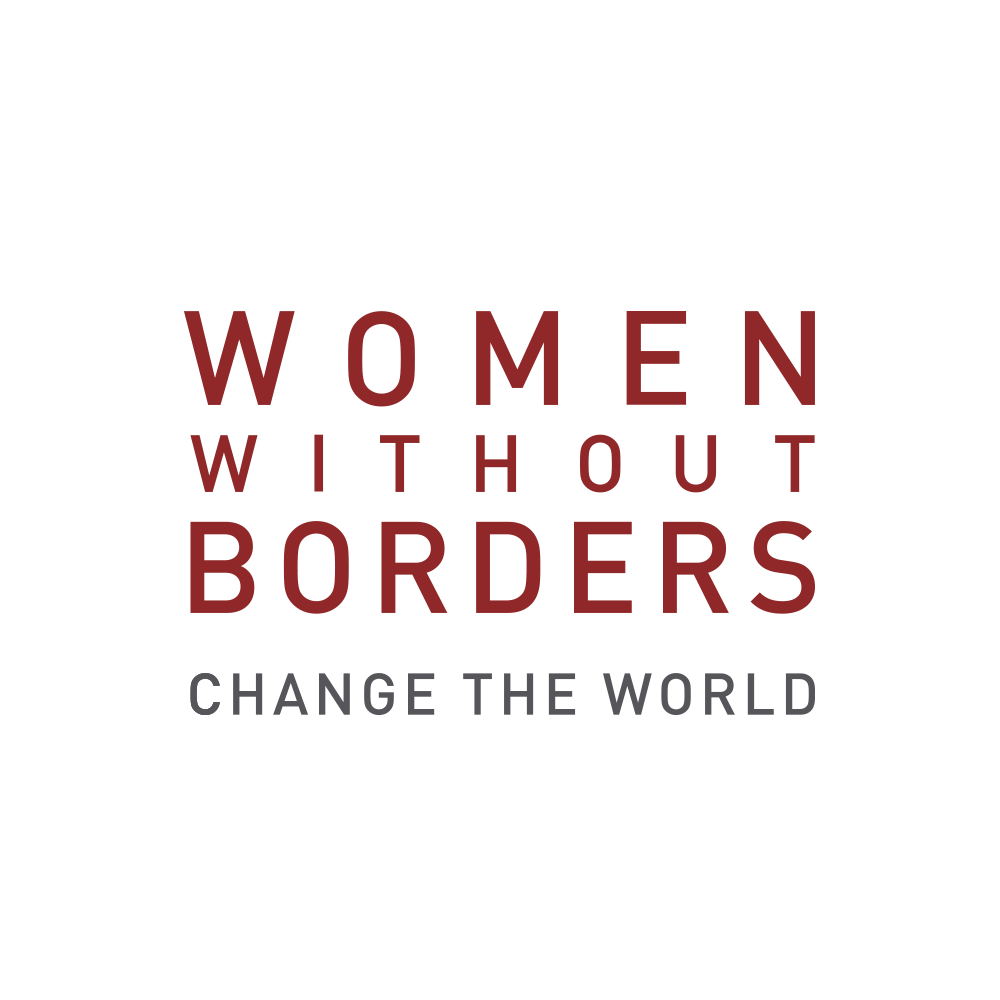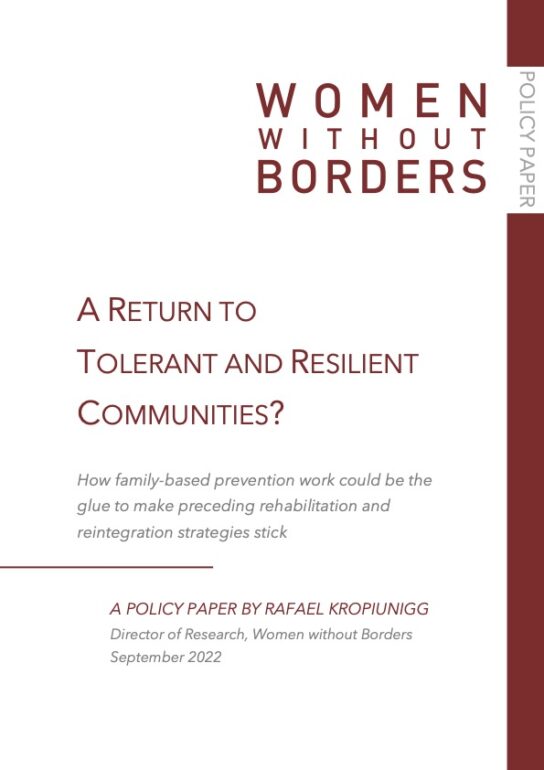Through the ‘Witness of History’ film series project, Women without Borders (WwB) collected audio-visual testimony from a wide range of eyewitnesses to the 2008 Mumbai terrorist attacks in order to provide current and future generations with alternative narratives that favour constructive strategies in combating violent extremism, encourage reconciliatory rather than polarising discussions of events, and shine a light on those who often face neglect in the aftermath of atrocities—survivors and the family members who are left behind.
Following the Mumbai attacks in 2008, Women without Borders (WwB) observed a troubling trend: as the media continued to sensationalise the atrocities and concentrate ever more on the suspects and culprits; survivors and victims were increasingly being overlooked and side-lined. Despite being the most visible contemporary witnesses of violent extremism at the time, they were still missing a platform for their voices and a safe space where motivational narratives challenging the toxic ideologies of hate could be advanced. In this climate of isolation, Mumbai’s survivors and the families who had been left behind also struggled to develop the necessary political clout to secure government aid, legal support, and psychological counselling. Widows, for instance, were left to their own devices and often did not receive financial support or medical assistance after the death of their husbands. Unlike the associations ‘September Eleventh Families for Peaceful Tomorrows’ in the US and ‘Asociación 11-M Afectados del Terrorismo’ in Spain, whose members developed strategies to find a collective voice, the victims of Mumbai had no organisation that represented their interests.
WwB responded to the growing marginalisation process of the Mumbai attacks’ genuine victims by launching the ‘Witness of History’ project and embedding it in the organisation’s global Sisters Against Violent Extremism (SAVE) network. With the support of the US Department of State, WwB conducted a series of oral history video interviews with individuals connected to the events, including witnesses, survivors, family members of victims, and individuals who had resisted or countered recruitment efforts in their communities. By documenting the voices of these individuals and providing the public with ‘alternative narratives’, the project sought to fill the void that had been left by the media’s perpetrator-centric depiction of the events. This void often makes adolescents in at-risk communities, who are in search of structure and orientation, more susceptible to the methods of recruiters. Reclaiming the narrative by empowering those who are in a unique position to promote reconciliation and understanding over revenge and hate not only provides the youth with new role models; it also generates a heightened awareness of the effects and problematic ways in which those who had lived to tell the story were being treated in the period following the attacks.
This SAVE network initiative was partly inspired by the once widespread educational practice that saw Holocaust survivors visit schools to speak about their experiences. Like other campaigns of this nature, the ‘Witness of History’ initiative offers a constructive way forward by sensitising the youth around the world, challenging stereotypes, and breaking down the silence in communities where extremism presents a taboo issue. In recording the life stories of individuals affected by violent extremism, WwB has also succeeded in investigating the position of the perpetrators, and, more broadly, has been reaching this critical group of predominantly male youth.
As evidenced by extensive media coverage on the local and national levels, WwB succeeded in building on its past successes in India. The stories managed to inspire community action on a number of occasions. Farid Khan, the General Secretary of the Majlis e Shura Muslim Centre, invited WwB to participate in a public discussion in Mumbai. Members of the Muslim community, survivors of the attacks, and the Hindu nurses whose civil courage saved countless mothers’ and babies’ lives in the Cama Albless Hospital had the opportunity to share their experiences, views, attitudes, and ideas.
This SAVE network India chapter culminated in the production and public dissemination of ten short films featuring a range of people affected by the 26/11 terror attacks, including: Mr. Zinde, the central train station manager at Chatrapathi Shivaji Railway Terminus, who saved countless lives and risked his own by warning passengers not to move toward the departure platforms; Poonam and her then six-year old son Sachin who were at the station and travelling to a relative’s funeral when they were both shot by running into the line of fire after mistaking the machine gun fire for a cricket match celebration; and Vineeta Sharma who lost her 16-year old son when the entire family got caught up in the attacks on their way to a wedding. These standalone interviews were subsequently woven into the longer film ‘Surviving Terror’ (2011).
‘After the Bullet’ (2012), the final project-related production, features Vinita Kamte, the wife of the courageous Police Commissioner Ashok Kamte who lost his life but wounded the only terrorist to be captured alive. The film chronicles her quest to find out why the police were hiding the circumstances of his death. While exposing the negligence of the police force in an effort to make the city a safer place, Vinita also tells the story of her husband’s heroic actions.
Through this wide range of first-hand accounts, the ‘Witness of History’ project gives current and future generations access to testimonials that lay bare the potential consequences of extremist ideologies and ensures that the human cost of the 26/11 is not forgotten.
You are currently viewing a placeholder content from YouTube. To access the actual content, click the button below. Please note that doing so will share data with third-party providers.
You are currently viewing a placeholder content from YouTube. To access the actual content, click the button below. Please note that doing so will share data with third-party providers.
You are currently viewing a placeholder content from YouTube. To access the actual content, click the button below. Please note that doing so will share data with third-party providers.
You are currently viewing a placeholder content from YouTube. To access the actual content, click the button below. Please note that doing so will share data with third-party providers.
You are currently viewing a placeholder content from YouTube. To access the actual content, click the button below. Please note that doing so will share data with third-party providers.
You are currently viewing a placeholder content from YouTube. To access the actual content, click the button below. Please note that doing so will share data with third-party providers.
You are currently viewing a placeholder content from YouTube. To access the actual content, click the button below. Please note that doing so will share data with third-party providers.
You are currently viewing a placeholder content from YouTube. To access the actual content, click the button below. Please note that doing so will share data with third-party providers.
You are currently viewing a placeholder content from YouTube. To access the actual content, click the button below. Please note that doing so will share data with third-party providers.
You are currently viewing a placeholder content from YouTube. To access the actual content, click the button below. Please note that doing so will share data with third-party providers.
You are currently viewing a placeholder content from YouTube. To access the actual content, click the button below. Please note that doing so will share data with third-party providers.
You are currently viewing a placeholder content from YouTube. To access the actual content, click the button below. Please note that doing so will share data with third-party providers.
You are currently viewing a placeholder content from YouTube. To access the actual content, click the button below. Please note that doing so will share data with third-party providers.



